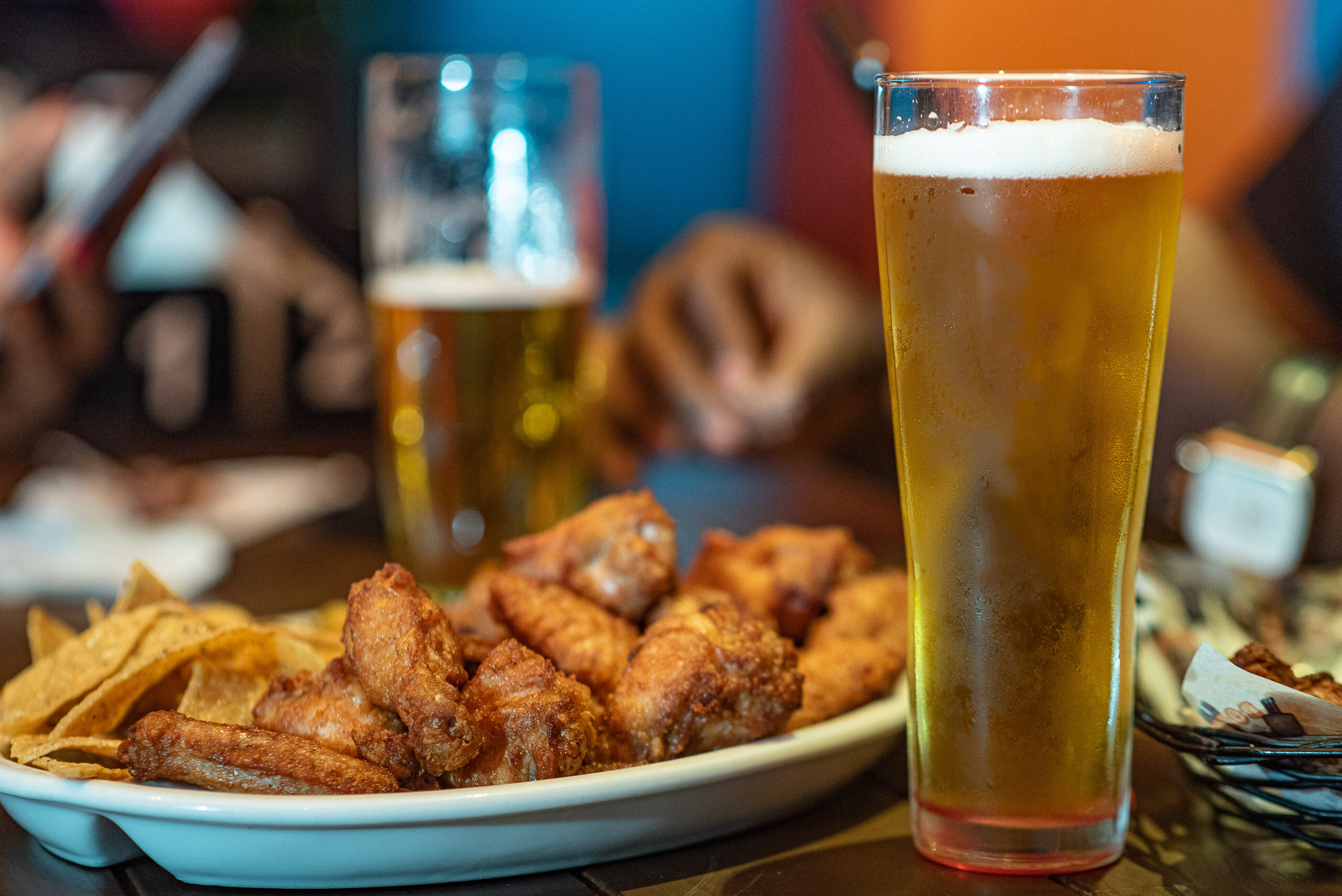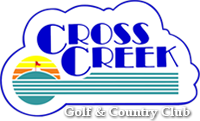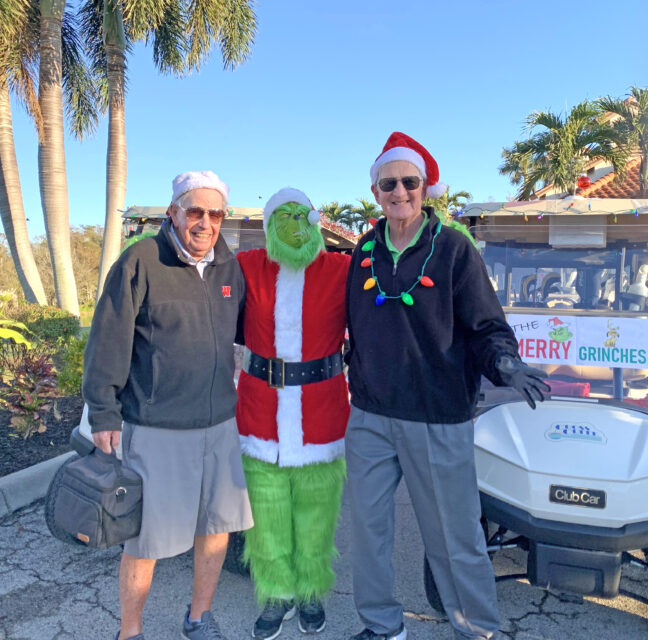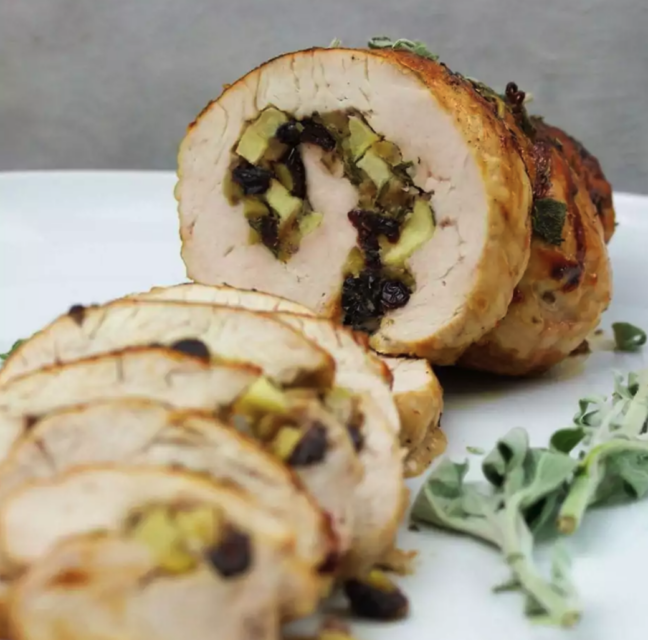
Happy New Year!
I hope that the Holiday Season has been filled with friends, family, and excellent beer! Is it time for a dry January? Did you make a resoluti ? Or maybe a somewhat sober month? Cutting back on the number of beers consumed! Hard to believe that I am advocating for less beer but sometimes a break is in order.
Cutting back on the alcohol butstill getting all the flavors andaromas of craft beer is easierthan it used to be with thegrowth of beers. In the U.S., beer with up to 0.5%ABV is considered nonalcoholicbeer. Truth be told, if you havereally ripe bananas on yourshelf, there is in similar amounts to nonalcoholic beer!
Cutting back on the alcohol but still getting all the flavors and aromas of craft beer is easier than it used to be with the growth of nonalcoholic beers. In the U.S., beer with up to 0.5% ABV is considered nonalcoholic beer. Truth be told, if you have really ripe bananas on your shelf, there is alcohol in similar amounts to nonalcoholic beer!
The first is to make a full-strength beer and dilute it – either before fermentation or after the beer has fermented. The alcohol content is lowered but adding water which can impact other flavors of the beer – washing out alcohol as well as the other beer flavors.
Another method is to control fermentation by yeast by keeping the temperature low, below 60°F, and stopping the fermentation when the desired alcohol level is reached. This retains any flavors produced by the yeast, but keeps the alcohol at the desired level.
Dealcoholization is another method. This adds another step to the process adding water and steam to the finished beer and boiling. The steam coming off the beer contains alcohol and is collected and condensed thus removing it from the beer. Sounds like a still to me!
With more and more science in the brewing industry, beer can be made without the yeast and skipping fermentation all together! Simulated fermentation uses enzymes to produce similar outcomes of flavor as the yeast would without producing any alcohol.
A thing to remember with nonalcoholic beers is the potential to spoil is greater. The alcohol in beer discourages the growth of unwanted bacteria. Nonalcoholic beer does not discourage the growth of unwanted bacteria. So, it is best to drink the whole can of beer and not have any left over. If the nonalcoholic beer is on draught, make sure the draft lines are clean. The nonalcoholic beer may become tart, acidic, or even hazy if unwanted bacteria begin to grow!
There are many companies producing nonalcoholic beers including Guinness Stout, Heineken, Sierra Nevada, and Samuel Adams. Athletic Brewing Co. makes a wide variety of craft beer styles that are nonalcoholic. So many styles and types to choose from if you made that resolution for a dry January.
For me, I will try the somewhat sober month by cutting back a bit on beer and maybe even trying a few nonalcoholic beers as well!
CROSS CREEK BEER CLUB ACTIVITY FOR JANUARY AND FEBRUARY
On January 25 from 4 to 6 p.m. the Cross Creek Beer Club will host a Chicken Wing and Beer Pairing. Different types of wings and beer to taste that go great together! More details to follow on channel 901 and by email. save the date!
On February 22 from 4 to 6 p.m. the Cross Creek Beer Club will host a beer tasting with hors d’oeuvres! Save the date!






